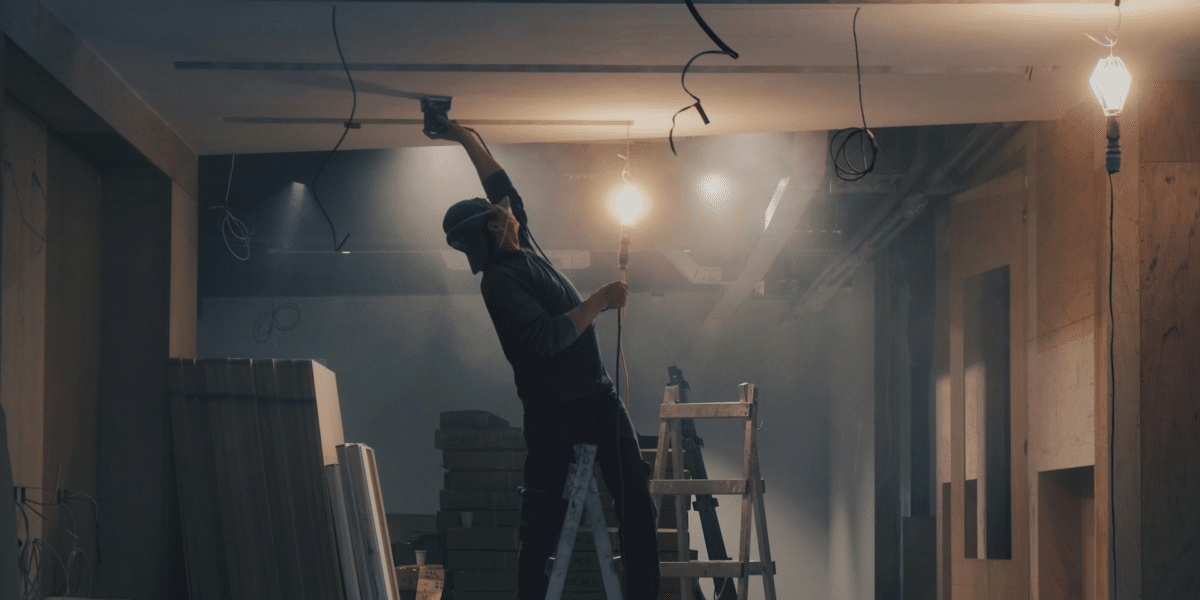Navigating Rising Construction Costs in Virginia: Strategies and Solutions

The construction industry in Virginia, like many other states, is experiencing a significant rise in costs. This trend affects both residential and commercial projects, leading to budget overruns and delays. Understanding the reasons behind rising construction costs in Virginia and their impact can help stakeholders navigate this challenging environment. This article explores the factors contributing to increased costs, the implications for the construction industry, and potential strategies to mitigate these challenges.
Factors Contributing to Rising Construction Costs
Supply chain disruptions have been a major factor driving up construction costs in Virginia. The COVID-19 pandemic severely impacted global supply chains, causing delays and shortages of essential materials. Even as the economy recovers, ongoing disruptions and logistical challenges continue to affect the availability and prices of construction materials.
The cost of construction materials has surged due to a combination of supply chain issues and increased demand. Key materials such as lumber, steel, and concrete have seen significant price hikes. For instance, lumber prices have fluctuated wildly, impacting the cost of building homes and other structures. These material cost increases are a primary driver of overall construction cost inflation.
Labor shortages in the construction industry are another critical factor contributing to rising costs. The industry has long faced challenges in attracting and retaining skilled workers. The pandemic exacerbated this issue, with many workers leaving the industry due to health concerns or other reasons. As demand for construction projects increases, the shortage of skilled labor drives up wages and overall project costs.
Changes in regulations and building codes can also impact construction costs. In Virginia, stricter building codes and environmental regulations have added to the cost of compliance. While these regulations aim to improve safety and sustainability, they can also lead to higher construction expenses.
Virginia has seen a surge in demand for both residential and commercial construction. The state’s growing population and economic development have led to increased construction activity. Higher demand puts pressure on the supply of materials and labor, contributing to rising costs.
Implications of Rising Construction Costs
For homebuyers, rising construction costs translate into higher prices for new homes. This can make homeownership less affordable, particularly for first-time buyers. Higher home prices may also slow down the real estate market, affecting the overall economy.
Builders and developers face significant challenges due to rising costs. Budget overruns and project delays can impact profitability and lead to financial strain. In some cases, rising costs may make certain projects financially unviable, leading to cancellations or scaling back of planned developments.
Rising construction costs have broader economic implications. Higher costs can slow down the pace of construction projects, affecting employment and economic growth. The construction industry is a significant contributor to the economy, and disruptions in this sector can have ripple effects across other industries.
Strategies to Mitigate Rising Construction Costs
To address supply chain disruptions, stakeholders can focus on improving efficiency and resilience. This includes diversifying suppliers, investing in technology to track and manage inventory, and building stronger relationships with key suppliers. By enhancing supply chain management, construction companies can reduce delays and control costs better.
Exploring alternative materials can help mitigate the impact of rising traditional material costs. For example, using engineered wood or recycled materials can provide cost-effective alternatives to traditional lumber and steel. Innovation in materials science offers new opportunities for cost savings without compromising quality.
Addressing labor shortages requires investment in workforce development. This includes training programs, apprenticeships, and partnerships with educational institutions to attract new talent to the construction industry. By building a skilled workforce, the industry can reduce labor-related cost pressures and improve project efficiency.
Technology can play a crucial role in reducing construction costs. Building Information Modeling (BIM), project management software, and automation can enhance efficiency and reduce waste. By adopting advanced technologies, construction companies can streamline operations and improve cost control.
Negotiating long-term contracts with suppliers can provide price stability and reduce the impact of market fluctuations. Long-term agreements can lock in prices for key materials, providing predictability in project budgeting. This strategy requires strong supplier relationships and a proactive approach to procurement.
Government and Industry Collaboration
Government policies can support the construction industry by addressing regulatory challenges and providing incentives for cost-saving innovations. Streamlining permitting processes and offering tax incentives for the use of sustainable materials can help reduce costs.
Collaboration within the industry can also lead to better cost management. Partnerships between builders, suppliers, and trade associations can facilitate knowledge sharing and collective problem-solving. By working together, industry stakeholders can develop strategies to address common challenges.
Rising construction costs in Virginia present significant challenges for the construction industry, homebuyers, and the broader economy. Understanding the factors driving these increases and their implications is essential for developing effective strategies to mitigate their impact. By improving supply chain efficiency, adopting alternative materials, investing in workforce development, leveraging technology, and fostering collaboration between government and industry, stakeholders can navigate this challenging environment more effectively. Addressing rising construction costs requires a multifaceted approach, but with the right strategies, the construction industry in Virginia can continue to thrive and contribute to the state’s economic growth.

